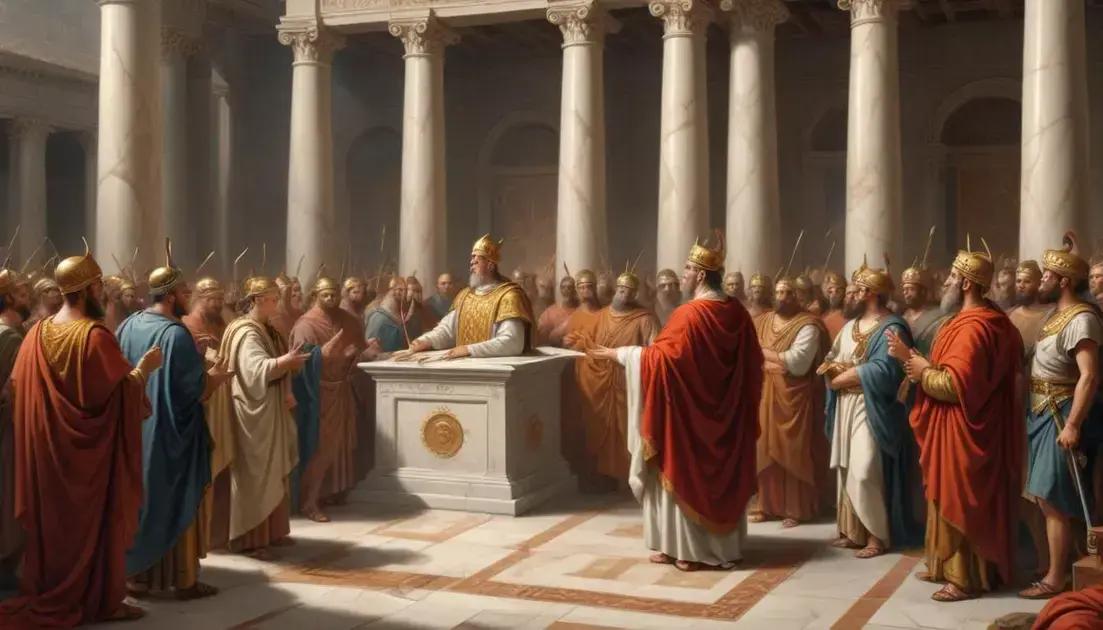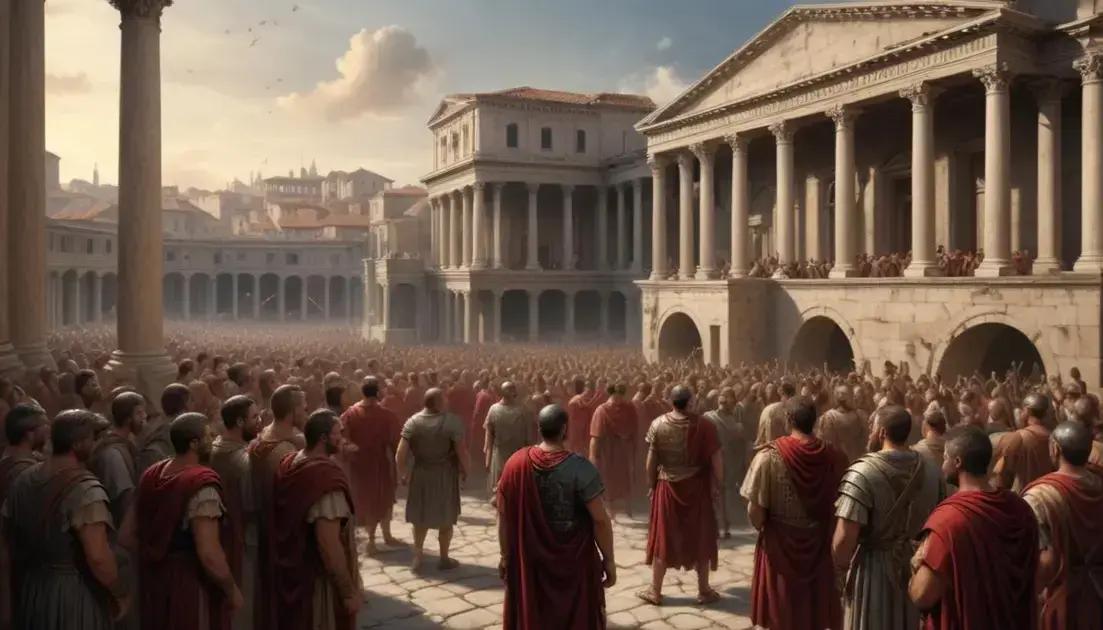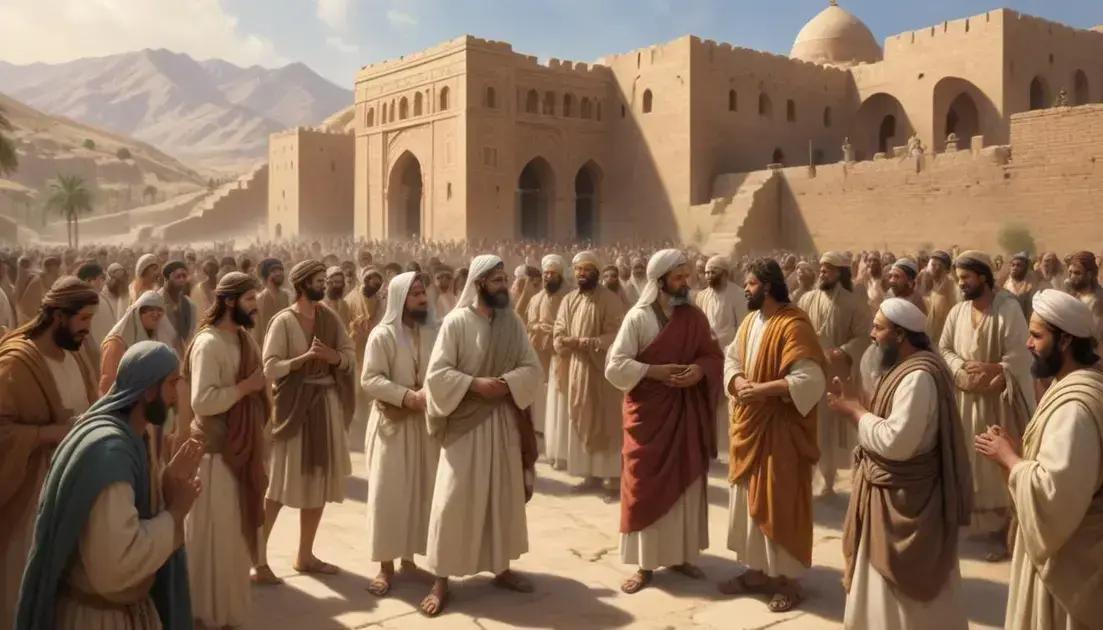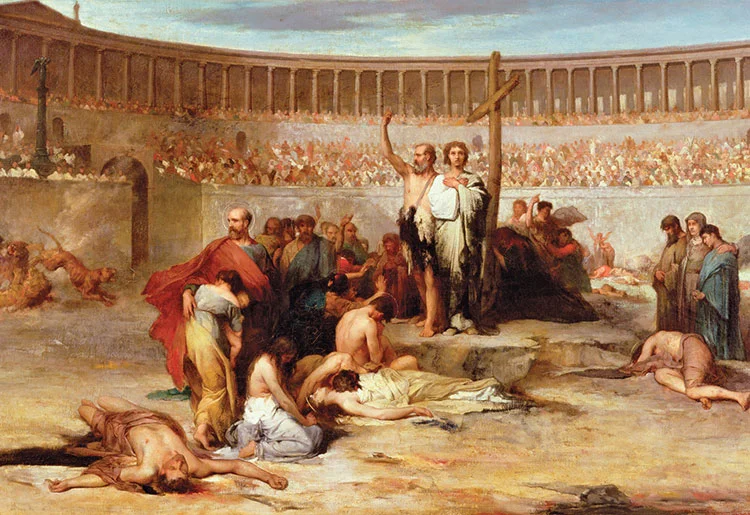
Crisis of the Third Century: Epidemics, Collapse and Opportunities for Christianity
The Crisis of the Third Century led to significant upheaval, marked by epidemics, societal collapse, and the rise of Christianity. During this tumultuous period,…
Loading posts...

The Crisis of the Third Century led to significant upheaval, marked by epidemics, societal collapse, and the rise of Christianity. During this tumultuous period,…

Constantinople, once the center of the Byzantine Empire, transformed into a vital Christian capital under Emperor Constantine. Known for its stunning architecture like the…

The Edict of Thessalonica, issued by Emperor Theodosius in 380 AD, made Nicene Christianity the official religion of the Roman Empire, significantly impacting pagan…

The Edict of Milan, established in 313 AD by Emperors Constantine and Licinius, legalized Christianity in the Roman Empire, ending years of persecution. This…

Diocletian's reign (284-305 AD) marked a significant era in Roman history, characterized by administrative reforms, military enhancements, and intense persecution of Christians. His establishment…

The spread of Christianity was deeply influenced by cultural interactions and adaptations, allowing it to thrive across diverse regions. Early Christians embraced local customs…

The concept of Anno Domini, introduced by Dionysius Exiguus in the 6th century, revolutionized how we measure time. By establishing a calendar centered around…

The rise of Christianity, a religion that would ultimately reshape the Western world, is inextricably linked to the Roman Empire. While its origins lie…
Receive exclusive content and promotions directly in your email.